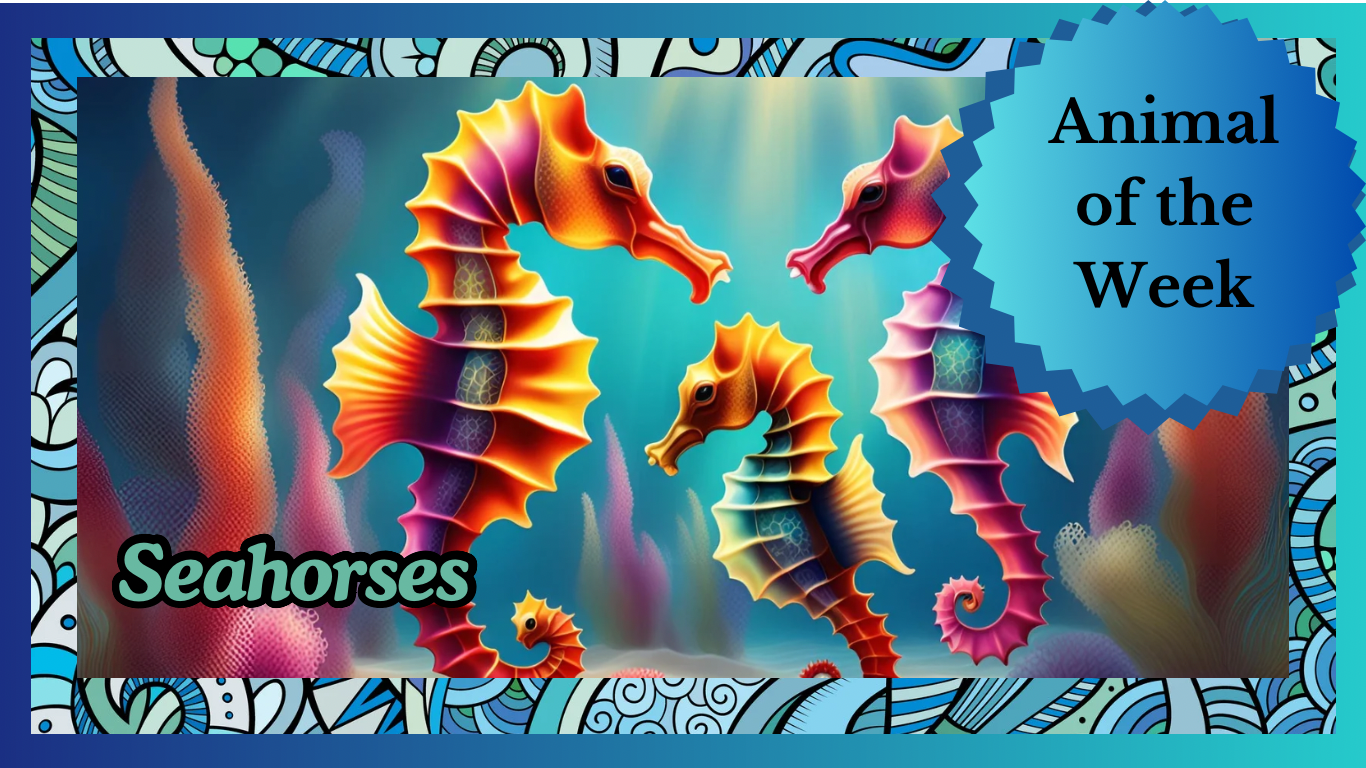Seahorses are among the most fascinating creatures in the ocean. These small, horse-shaped fish have captivated humans for centuries with their unique appearance and behaviors. Found in shallow coastal waters around the globe, seahorses are a marvel of adaptation and survival.
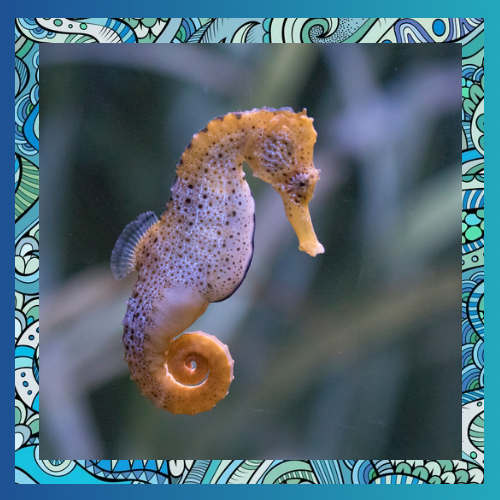
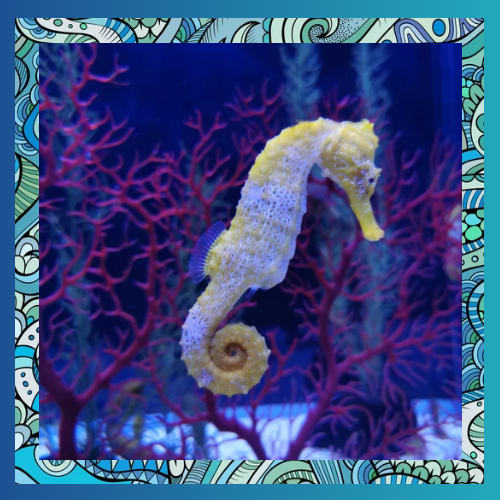
Unique Features of Seahorses
Seahorses belong to the genus Hippocampus, which translates to “horse sea monster” in Greek. Despite their equine resemblance, they are true fish, equipped with gills, fins, and a swim bladder.
1. Distinct Shape and Movement
Seahorses have a curved neck, elongated snout, and prehensile tail, which they use to anchor themselves to seagrass and coral. Unlike most fish, they swim upright. Their dorsal fin propels them, while small pectoral fins behind their head steer them. This upright swimming style is rare in the animal kingdom.
2. Camouflage Experts
Seahorses can change color to blend into their surroundings. This ability helps them avoid predators and ambush prey. Their camouflage skills are so advanced that they are often mistaken for plants or coral.
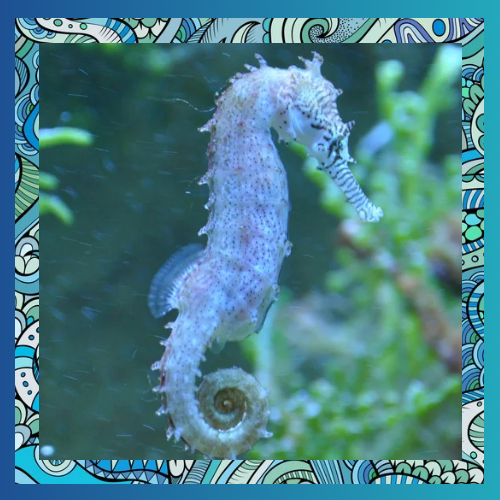
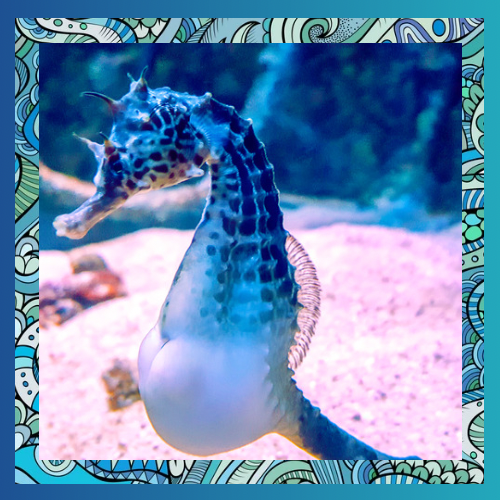
3. A Tail with a Purpose
The seahorse’s tail is prehensile, allowing it to grip onto objects like seagrass or coral in strong currents. This feature is essential for their survival, as they are poor swimmers.
4. Monogamous Relationships
Many seahorse species form long-term bonds with a single mate. During their courtship, they perform elaborate dances, often synchronizing their movements and even changing colors to deepen their connection.
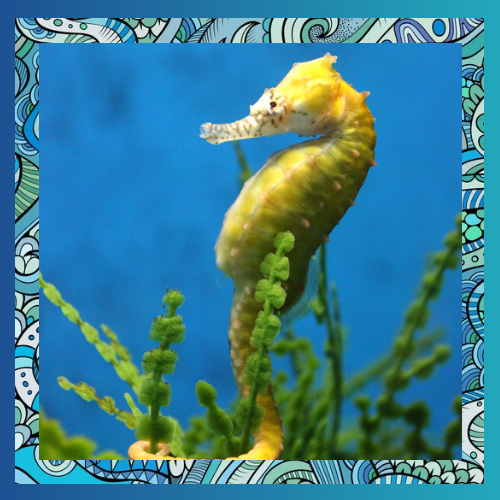
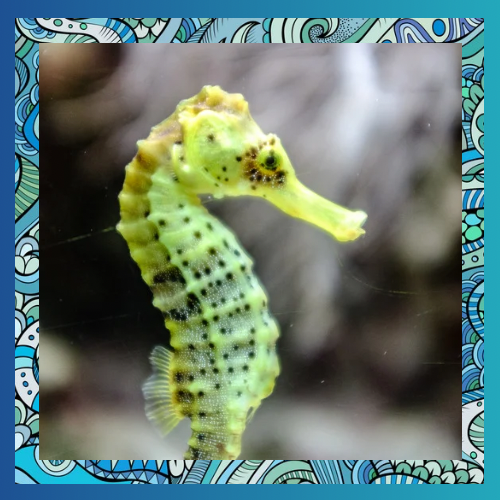
Reproductive Oddities
Seahorses are perhaps best known for their unusual reproductive roles. Unlike most animals, the males are responsible for carrying and birthing the young.
• The Male’s Role
Female seahorses deposit their eggs into a pouch on the male’s abdomen. The male fertilizes the eggs internally and carries them until they hatch. Depending on the species, this can take anywhere from 10 days to several weeks. Once ready, the male gives birth to fully-formed miniature seahorses.
• Brood Size
Seahorses can deliver between 5 and 2,000 babies at a time, though only a small percentage survive to adulthood due to predation.
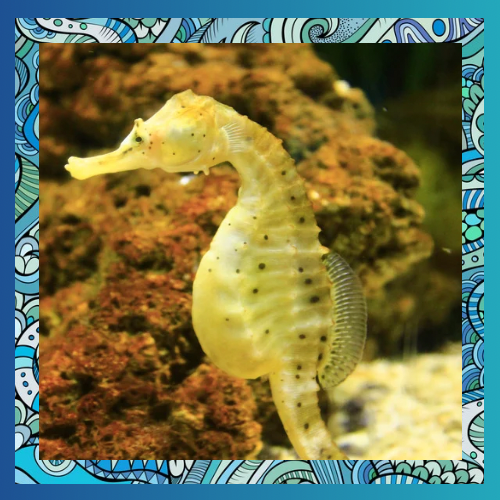
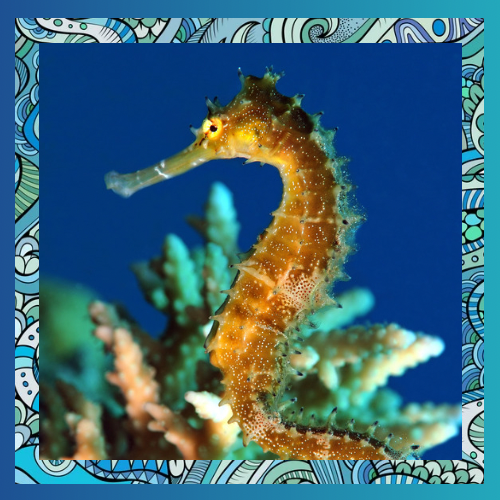
Habitat and Diet
Seahorses are found in tropical and temperate waters worldwide. They thrive in habitats like seagrass meadows, coral reefs, and mangroves. These environments provide the camouflage and food they need.
• Feeding Strategy
Seahorses feed on tiny crustaceans like plankton, shrimp, and other small organisms. They have no teeth and suck in food through their tubular snouts. Their feeding technique resembles sipping through a straw.
• Energy Demands
Due to their small stomachs, seahorses must eat constantly to stay alive. Some species consume up to 3,000 tiny shrimp per day.
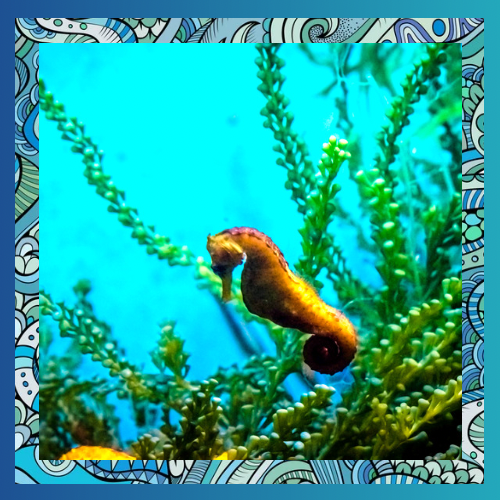
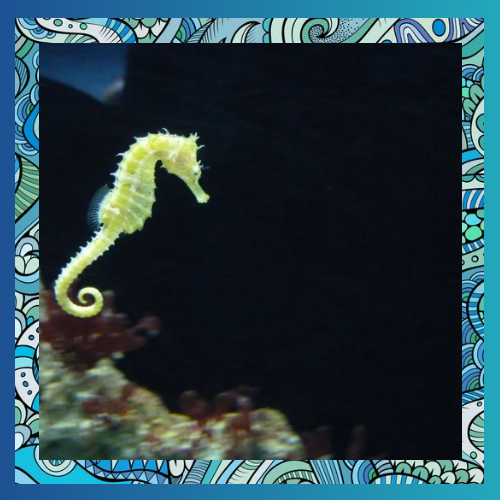
Challenges in the Wild
Seahorses face numerous threats, both natural and human-induced.
• Predation
Despite their camouflage, seahorses are vulnerable to predators such as crabs, larger fish, and sea turtles.
• Human Impact
Habitat destruction, pollution, and overfishing have taken a toll on seahorse populations. They are also harvested for traditional medicine and the aquarium trade, leading to further declines.
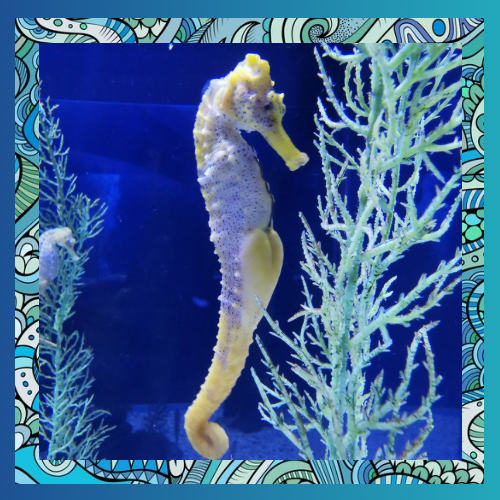
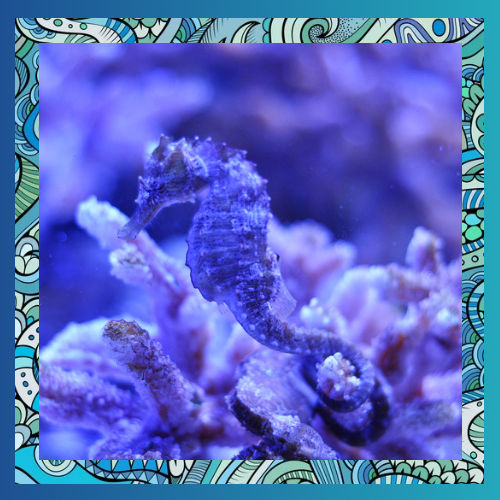
• Conservation Efforts
Organizations around the world are working to protect seahorse habitats and reduce their capture. Marine protected areas and sustainable fishing practices play a key role in these efforts.
Fun Facts About Seahorses
1. Seahorses are among the few animal species where males give birth.
2. They have excellent eyesight and can move their eyes independently, allowing them to scan for predators and prey at the same time.
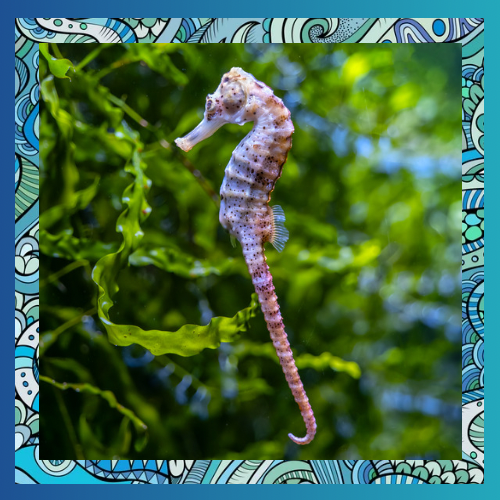

3. Despite their fragile appearance, their bony plates act as natural armor.
4. Seahorses are some of the slowest swimmers in the ocean, with the dwarf seahorse holding the record for the slowest fish, moving only about five feet per hour.
5. The smallest species, the pygmy seahorse, is less than an inch long, while the largest, the pot-bellied seahorse, can reach up to 14 inches.
Conclusion
Seahorses are an extraordinary example of nature’s creativity. Their unusual reproductive behavior, unique adaptations, and delicate connection to their environment make them a subject of endless fascination. Protecting these marine treasures ensures future generations can marvel at their beauty and learn from their ecological role.
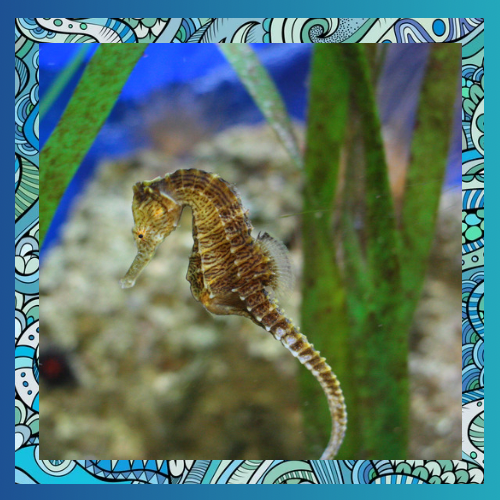
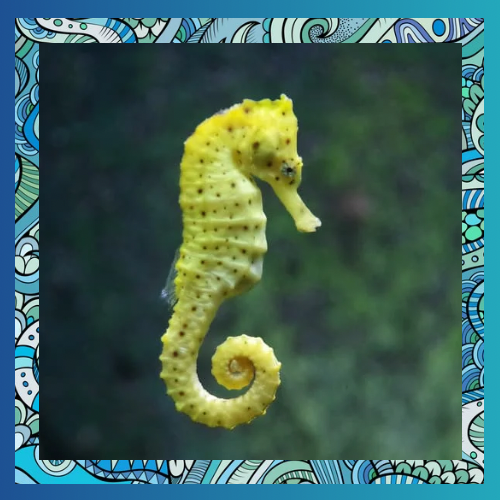
References
1. Foster, S. J., & Vincent, A. C. J. (2004). Life history and ecology of seahorses: implications for conservation and management. Journal of Fish Biology. https://www.equilibrioazul.org/documentos/
2. Project Seahorse. “Seahorse Ecology.” Retrieved from www.projectseahorse.org
3. National Geographic. “Seahorses: Masters of Camouflage.” https://www.natgeokids.com/uk/discover/animals/sea-life/seahorse-facts/
4. Guinness World Records. “Slowest Swimming Fish: The Dwarf Seahorse.” https://www.neaq.org/animal/dwarf-seahorse/


